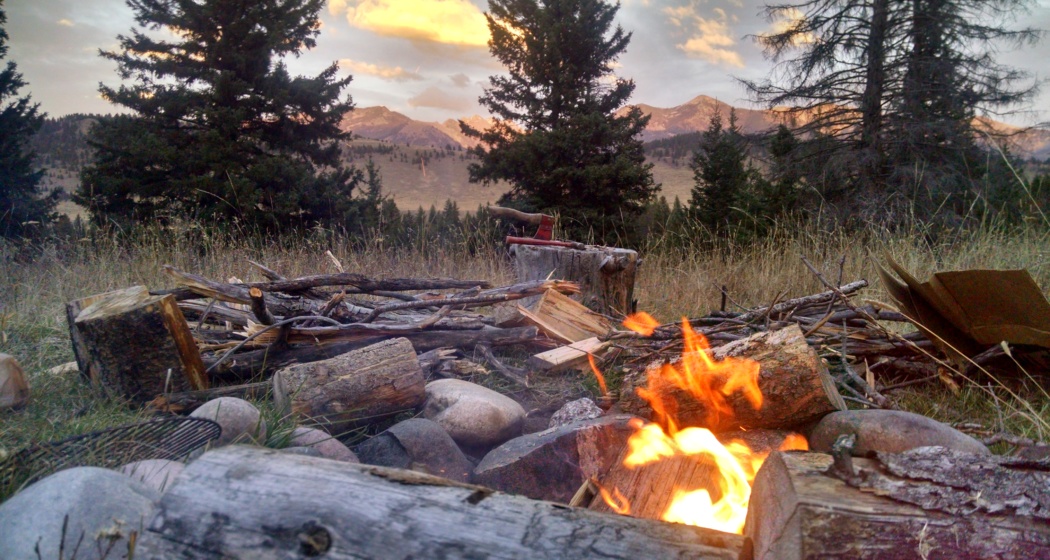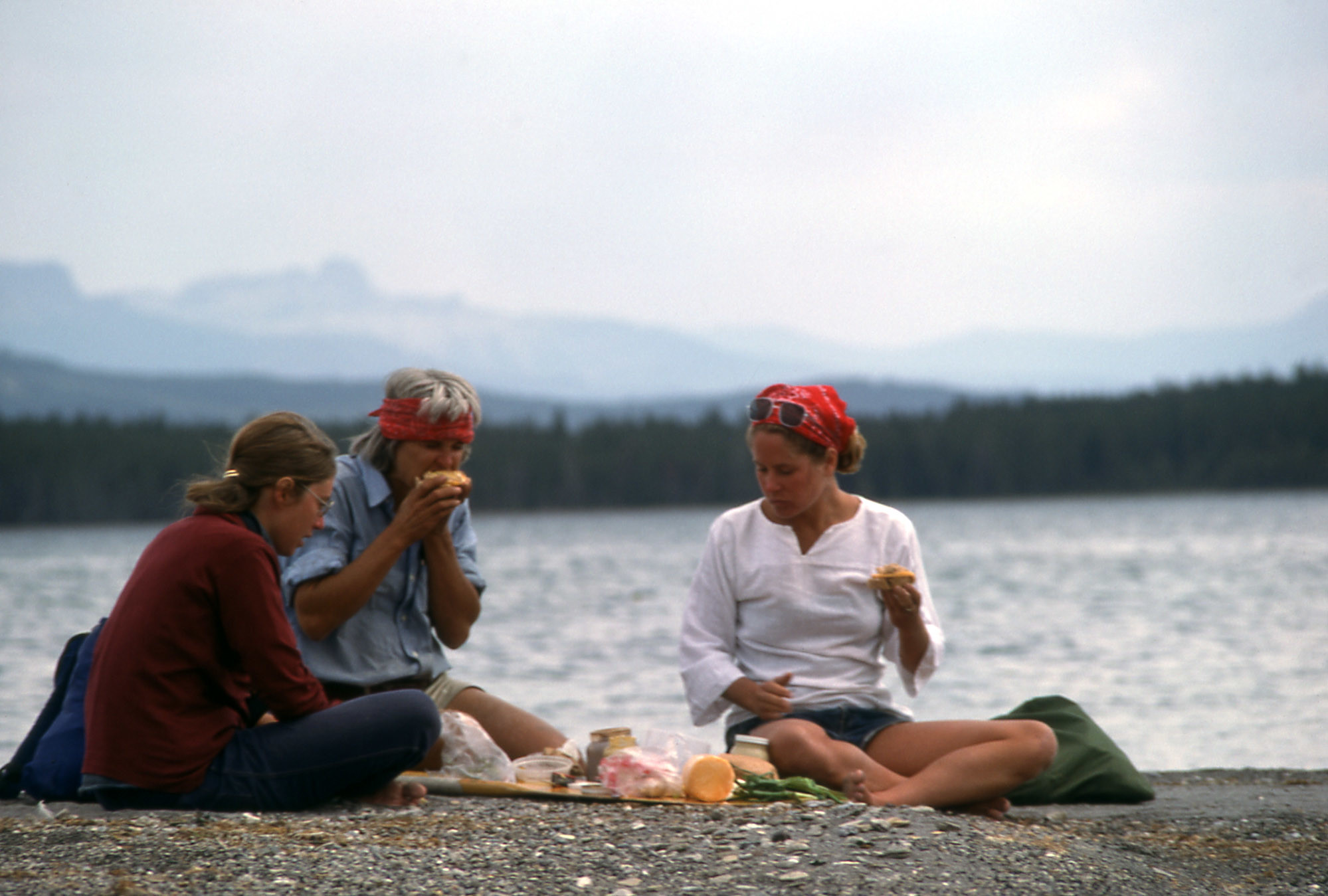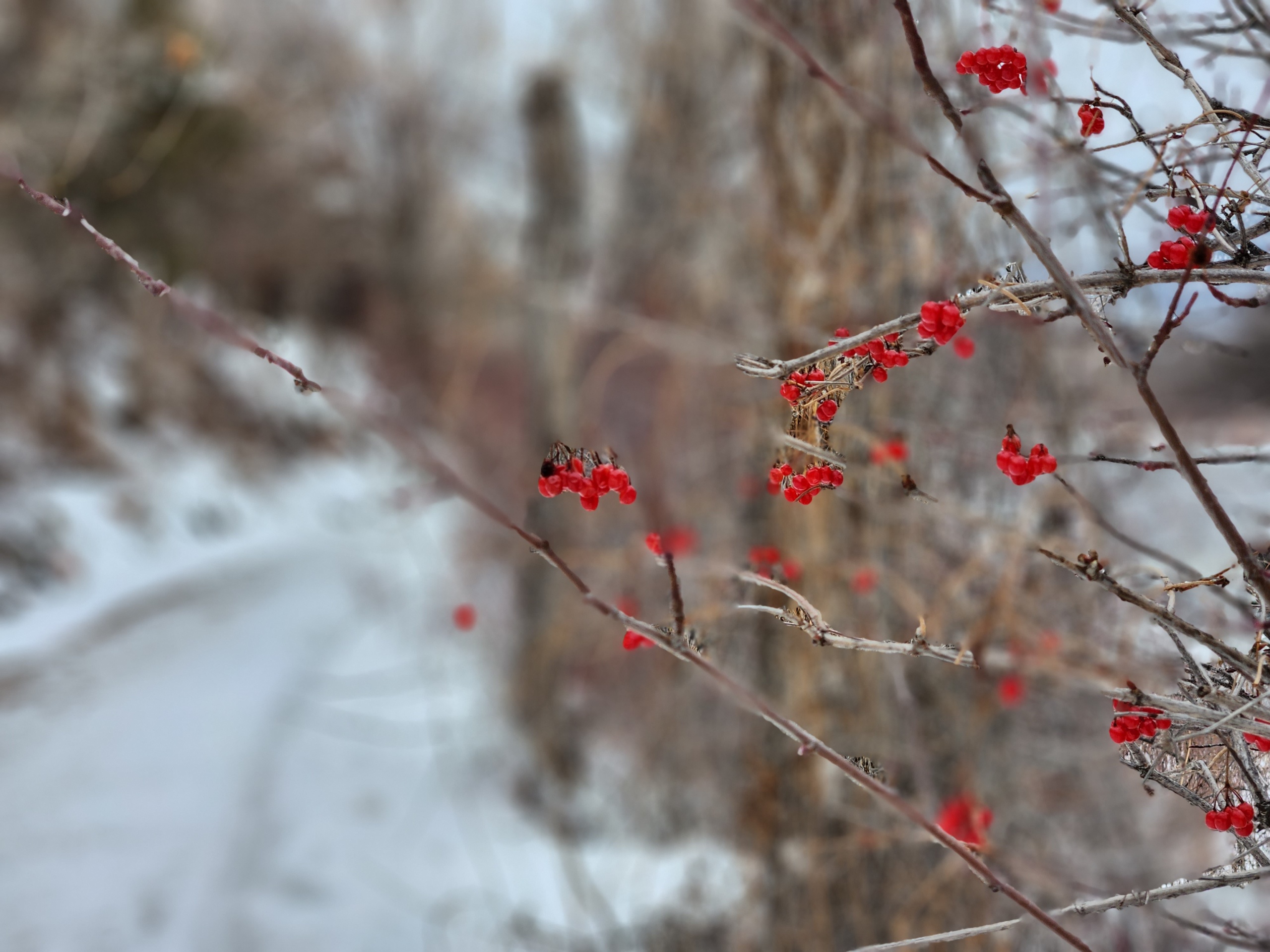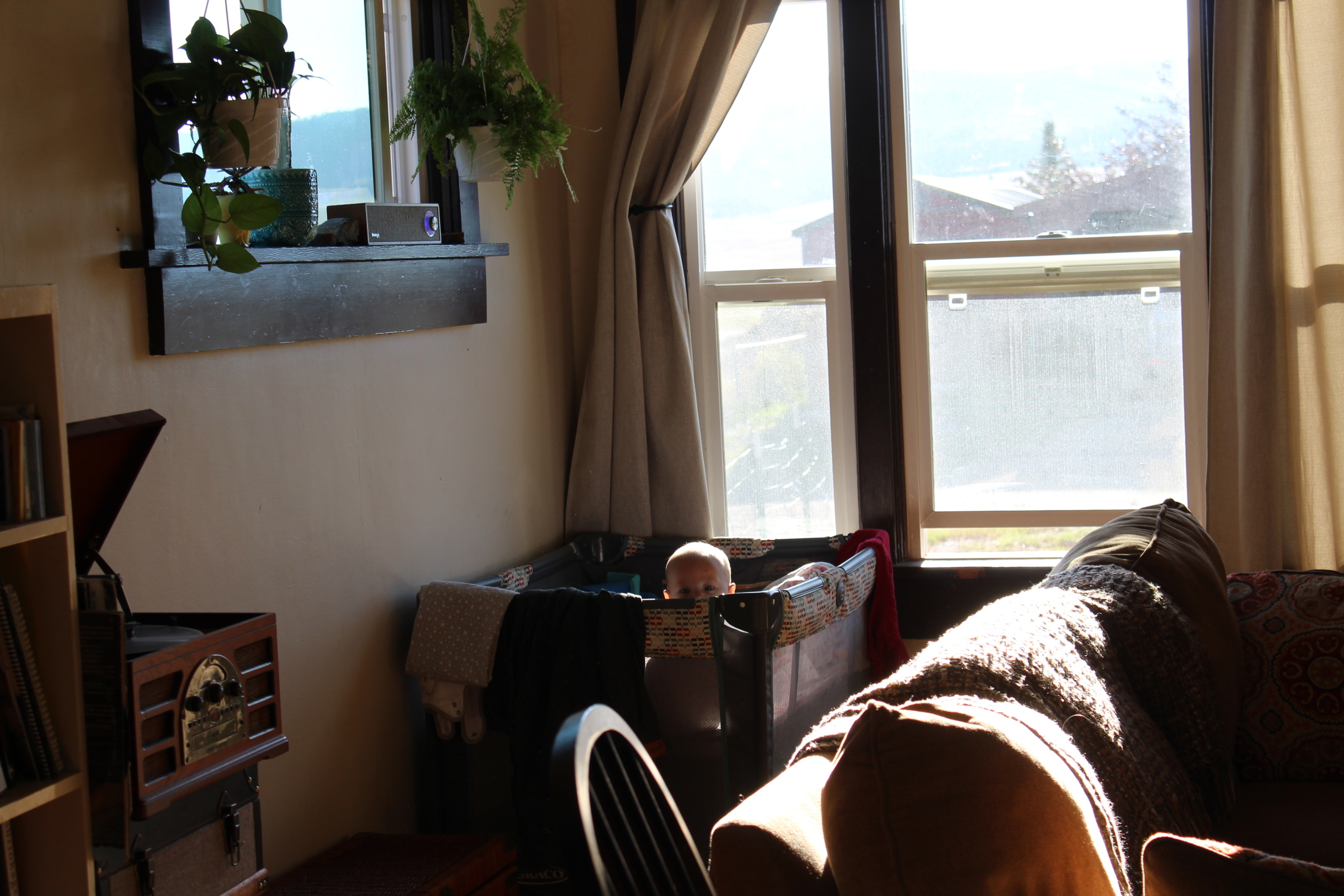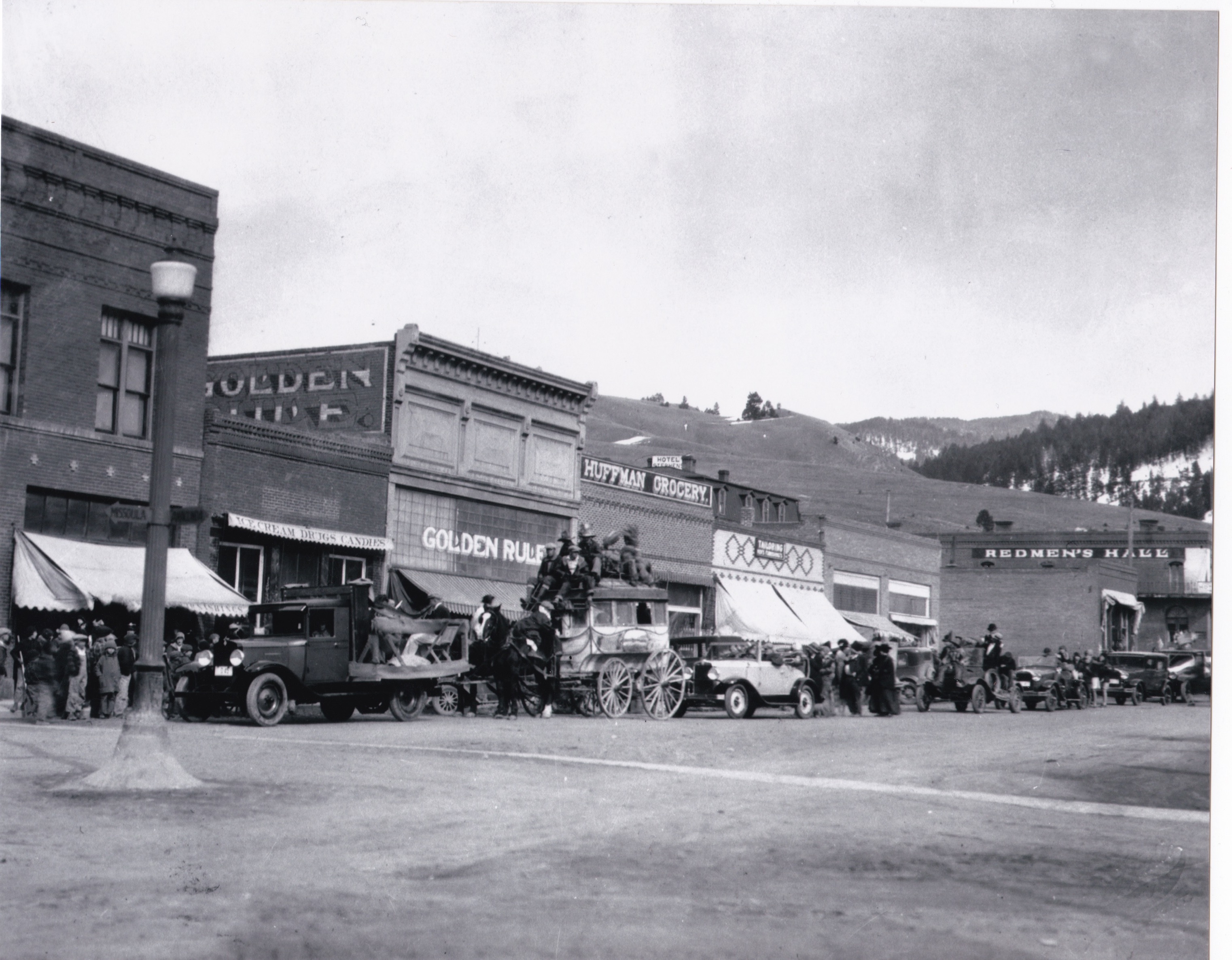In 1972, Yellowstone National Park celebrated 100 years as the first national park in the world. For a group of Old Faithful Inn employees arriving from around the country, it would be the beginning of a bond that would go well beyond Yellowstone’s centennial summer.
“We were all fresh out of high school, away from home for the first time and looking for adventure,” remembers Christy Wood, who was 19 in the summer of ‘72. “Many had never seen mountains before or spent time

outdoors, but over the span of four summers we came of age together.” Romances bloomed – some resulting in marriages – as they explored the park. They learned to hike, climb and fly-fish. After dark there were bonfires and regular fish fry suppers. They danced through the night at cowboy bars and soaked in the hot springs, grabbing a diner breakfast at dawn before catching a few hours of sleep ahead of their shifts.
“We were carefree, with no responsibility other than to do our jobs as waitresses, bellmen and tour guides,” Wood said.
Fifty years after that summer, a core group of Old Faithful Inn employees plan to return to the park as Yellowstone marks 150 years since President Ulysses S. Grant signed the Yellowstone National Park Protection Act into law in 1872 – and to toast five decades of friendships that formed in a 3,500-square-mile wilderness spanning Montana, Wyoming and Idaho.
Like Wood, many arrived already knowing the magic of Yellowstone through stories of parents and siblings who had also worked in the park. Some had dim memories of visiting as children. Others had little inkling of what Yellowstone held for them.
“I remember sprawling out on my mother’s living room floor in St. Petersburg, looking at a map of all the national parks in the country,” recalled Sally Thompson, who would later be responsible for curating a newsletter that would spark the first reunions in the ‘80s. In 1969, Thompson was still a freshman at a junior college in a Florida suburb when she and a friend decided to go West.

They wrote to several national parks. Yellowstone was the first one to write back. “We just took off,” she said. They took a plane to Chicago, a train to Livingston and a bus to Gardiner and checked themselves into employee housing – then they were off on a tour of their summer home. “I didn’t know what a geyser was,” Thompson laughed. “I remember driving through the geyser basins and seeing the steam – I thought something was on fire. I just had no idea.”

Friendships blossomed in this wild, new landscape. “We grew up together,” she said, describing how they would hitchhike everywhere, and she soon became adept at sleeping under the stars, even though she had never camped before coming to Yellowstone. “It was the first time for many
of us that we were actually on our own. We didn’t have brothers and sisters to live up to. Nobody knew our parents. It was just liberating.”
Even after life as a seasonal employee came to an end, and careers, marriages and children pulled everyone back to different parts of the country again, those friendships continued. “In the early ‘80s, a friend came to visit and we just thought ‘Wouldn’t it be fun to fi
nd our former co-workers?’” Thompson remembers. “And we had something on our side: a directory called ‘The Inn Crowd.’ It was just a booklet that had our names and the addresses of our parents. So not even 15 years later, I started this chain letter asking if people wanted to be in touch.”
Thompson began compiling the responses and pasting them into a newsletter. At the time, she worked at a law office and they let her use the photocopier after hours.
“I’d have to retype everyone’s information on a typewriter, copy them, fold them, staple them together and mail them off. And I kept hearing from more and more people. I didn’t know what I was getting into.”
Inevitably, this led to the question: “Is anyone interested in having a gathering?” In 1987, their first reunion brought about 30 people back to Yellowstone. By 1990 there were nearly 90 making the pilgrimage, as the former employees started bringing their children to experience the park. These continued every three years – now every two years – most often organized for the full moon in August.

“If someone had told us when we were 18 or 19 years old that in 30 years we would be coming back with our children, and that our children would know each other, we would have thought they were out of their mind,” Thompson laughed.
For Michael Olds – who drove east from Washington in 1970 to drop a girlfriend off for the summer at Yellowstone and ended up turning around on a whim, staying to pick up work – the park changed the course of his life. The reunions have been a chance to honor this fateful U-turn.
“I remember that I was so stunned when I first drove through there. I just thought, ‘This is my backyard for the next three months. This all belongs to me.’ I knew after I made that drive, it was over. I was coming back.”
Olds would go on to spend seven summers in the park. It was a love for the area that outlived the relationship that first lured him there. In the summer of 1977, he met his future wife, Shauna, at an employee volleyball tournament.
“My friends said, ‘Oh, boy, dude, this isn’t a summer romance. You aren’t just going to go hiking and then write a couple of letters when the summer’s over. This is different. We can see it.’ Of course, they were right.”
Shauna, an Idaho native, was on her ninth summer, the last five as a full-time employee. When she and Michael left in the fall, they left together, and were married the following June. Through the years, the couple’s three children would also become a part of the reunions, developing their own connections with the other kids. Now grandchildren are regular returnees.
“It started out as renewing friendships,” Shauna explained. But eventually, as they began to lose old friends, the reunions became more frequent, and the relationships shifted into something deeper. A decade ago, they began having a memorial at their regular campfires to remember those who had passed, tossing a pinecone into the fire and saying a few words. When Covid shut down the world in 2020, a few of them began having regular Zoom chats to have a connection outside the home – even just to play cards for an hour.
“Now it’s not rehashing memories so much – you just pick up where you were the last time you talked,” she said. The memories and stories of the craziness of their Yellowstone summers have dwindled off. “Now it’s more, ‘How’s your health? How are the grandkids?’ And now that we are in our early 70s, it’s ‘So where are you going to be buried?’”
The answer is easy for Shauna and Michael. The couple have already made arrangements with the park to have their ashes scattered near Old Faithful. “Both our families are buried in different parts of the country,” Shauna noted. “This way our kids can go to Yellowstone whenever they want and remember us together.”
The natural phenomenon of Yellowstone is still captivating to reunion returnees like Al Chambard, who arrived in 1969 at age 18 from a suburb of Minneapolis, never having seen the mountains.
As a bellman for eight years at the Old Faithful Inn, he estimates that he watched Old Faithful erupt about 2,000 times. He plans to see it once again this August when he returns to Yellowstone for the park’s sesquicentennial.
“To this day, Old Faithful does not get old,” Chambard said. He could be describing his friendships that began during college summers and endured for 50 years. “I never took it for granted. I’m still in wonder of it now.”

* Story and photos originally published in the 2022 Summer issue of American West Magazine
